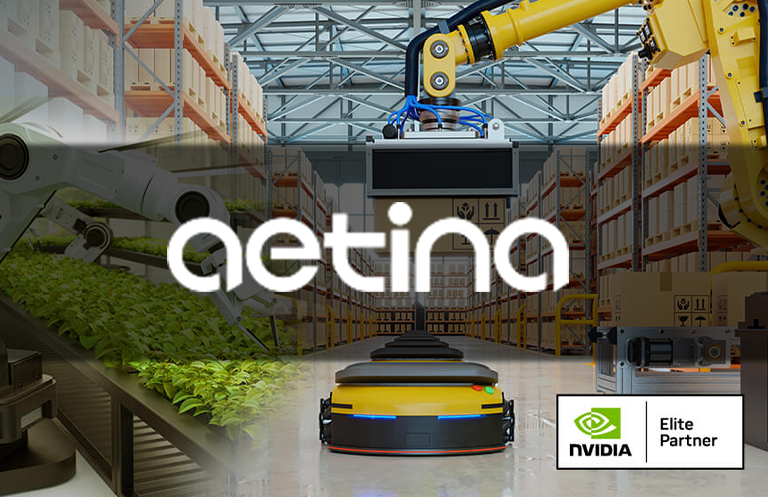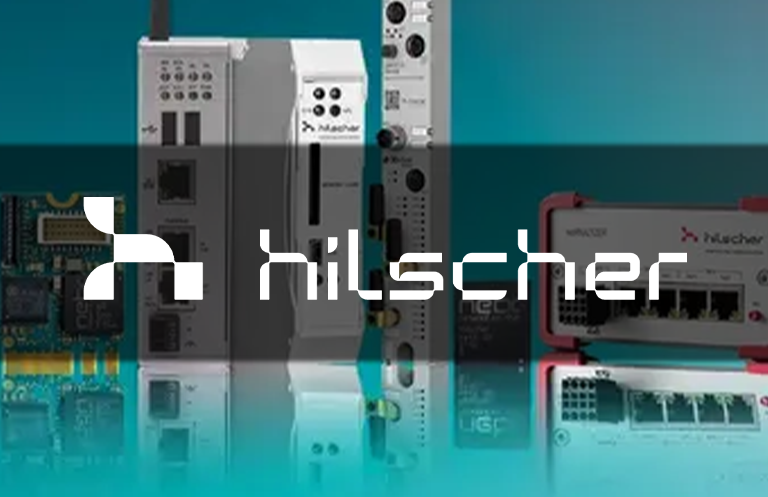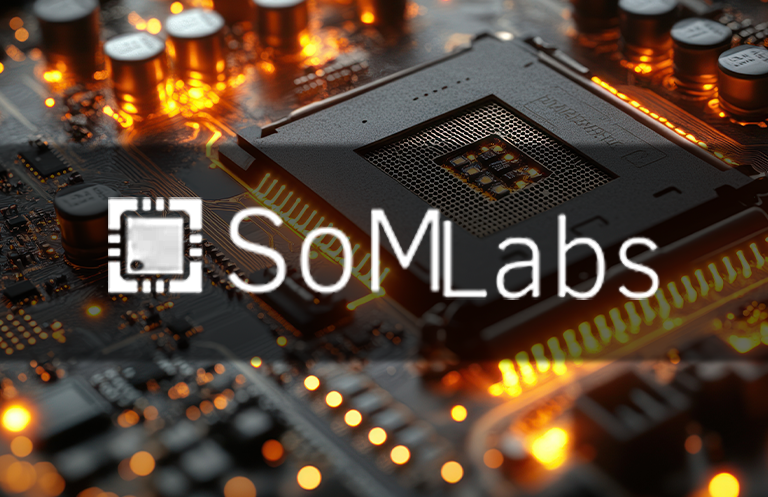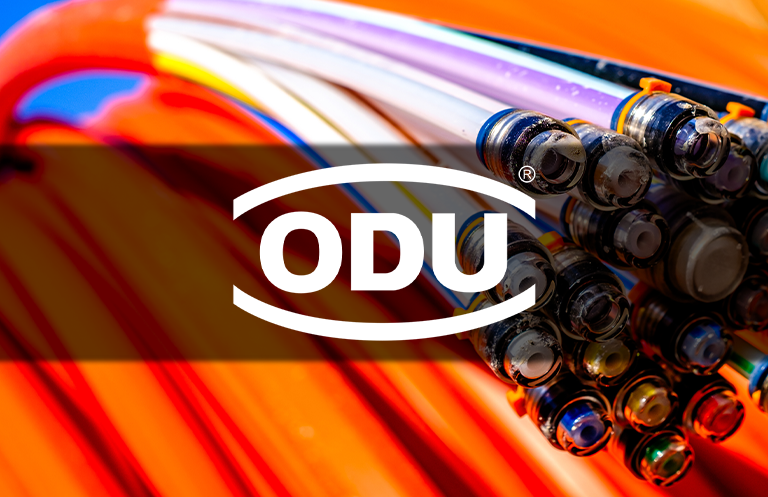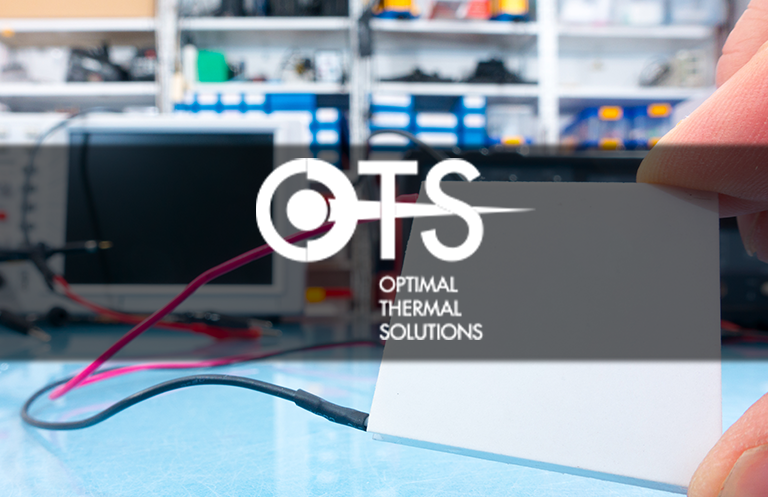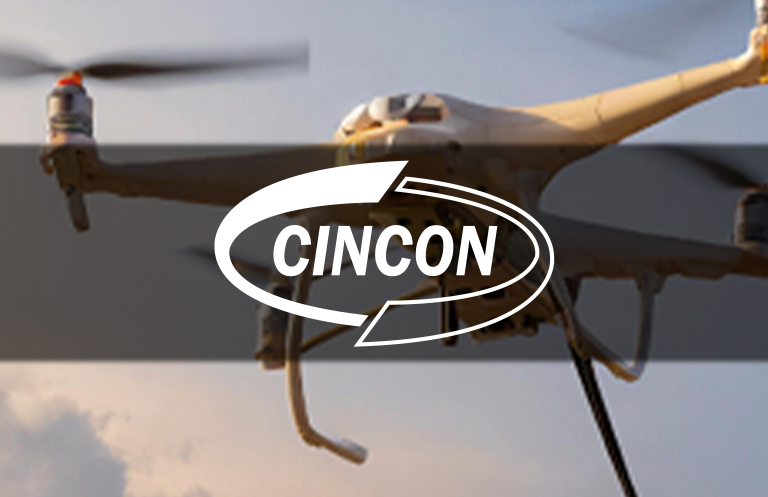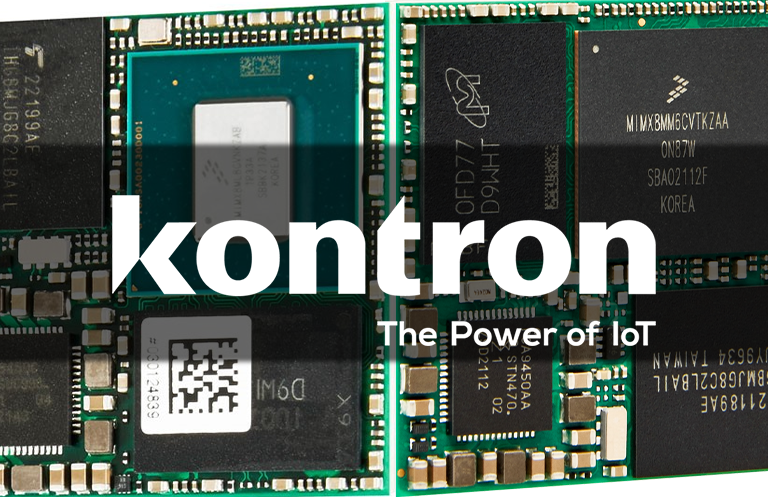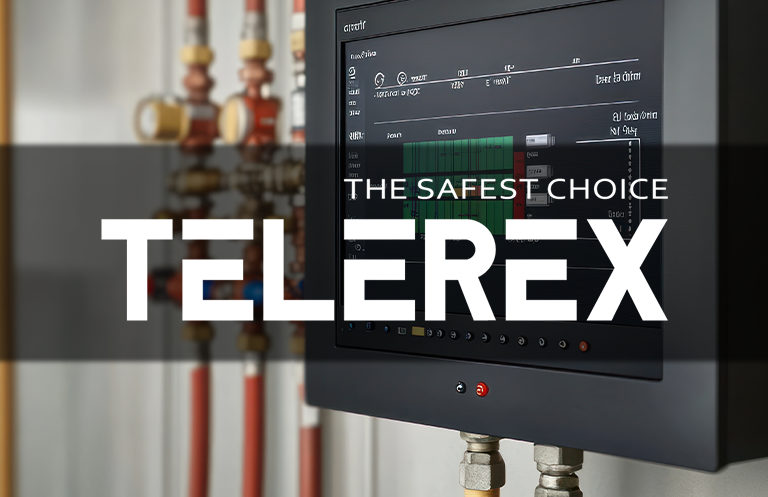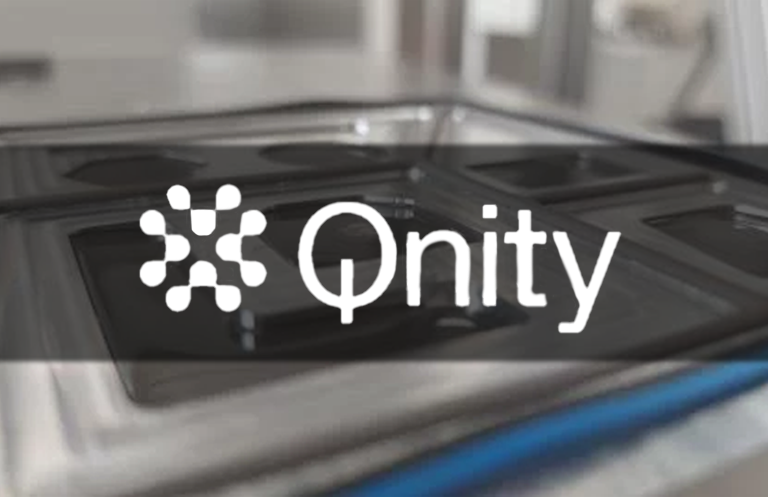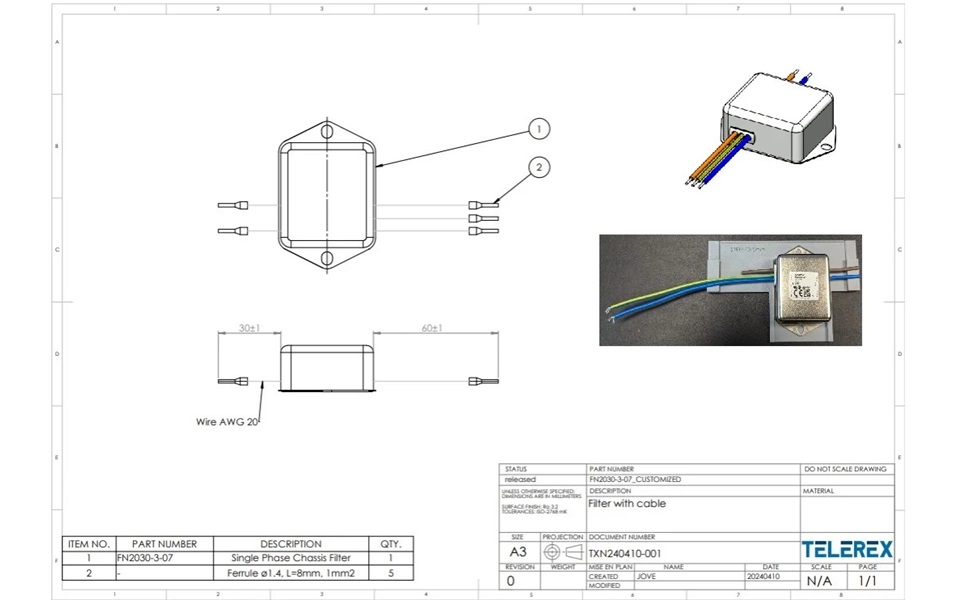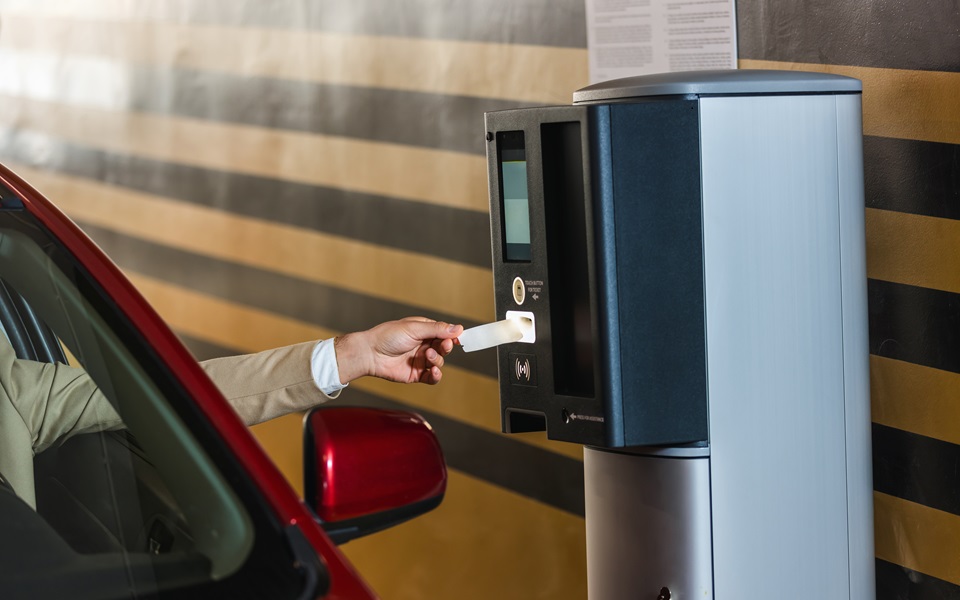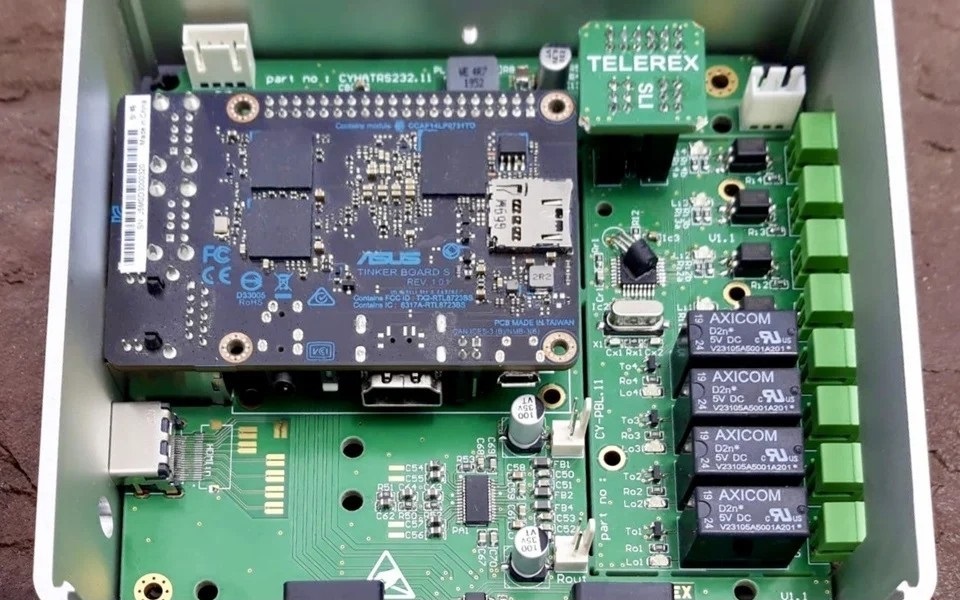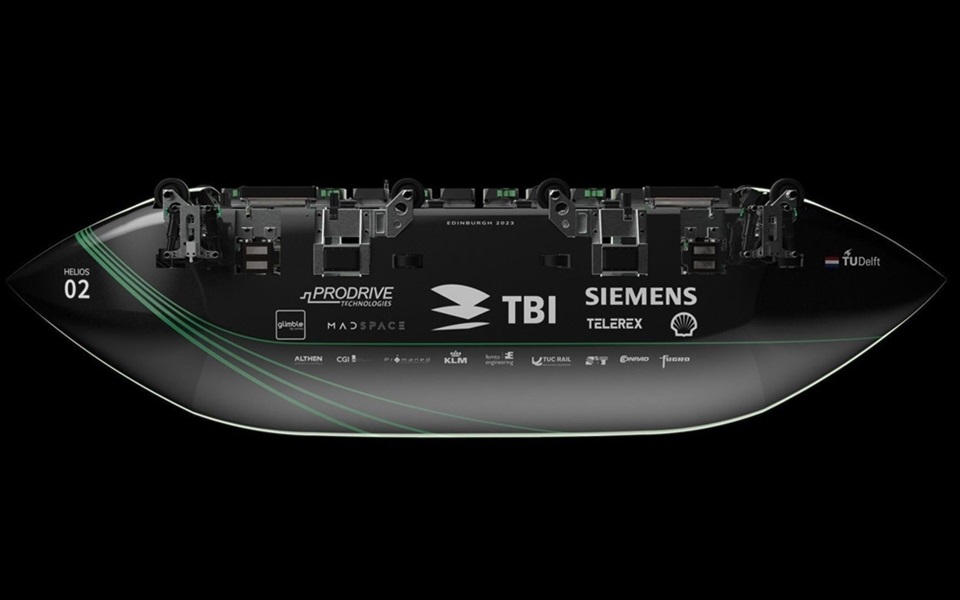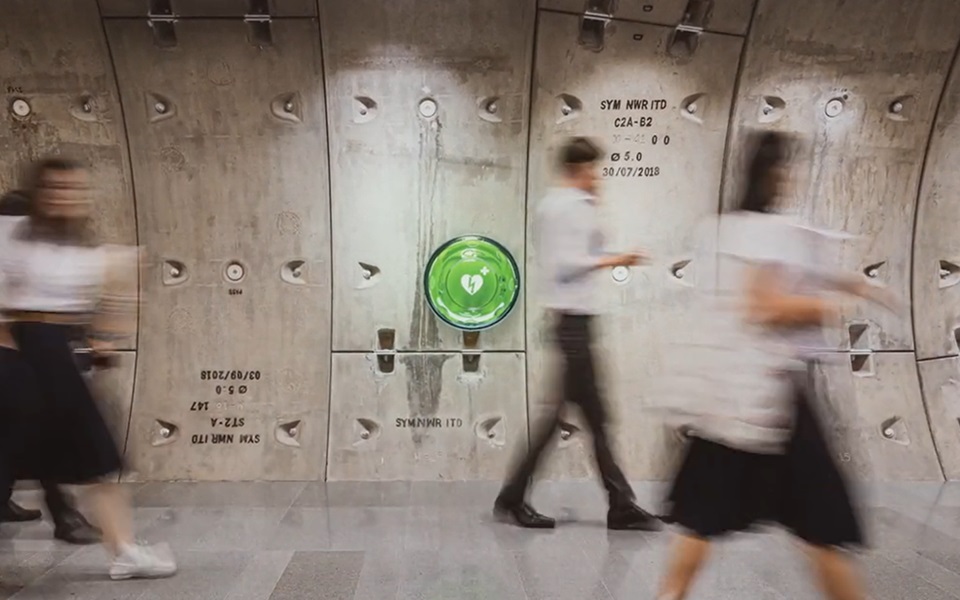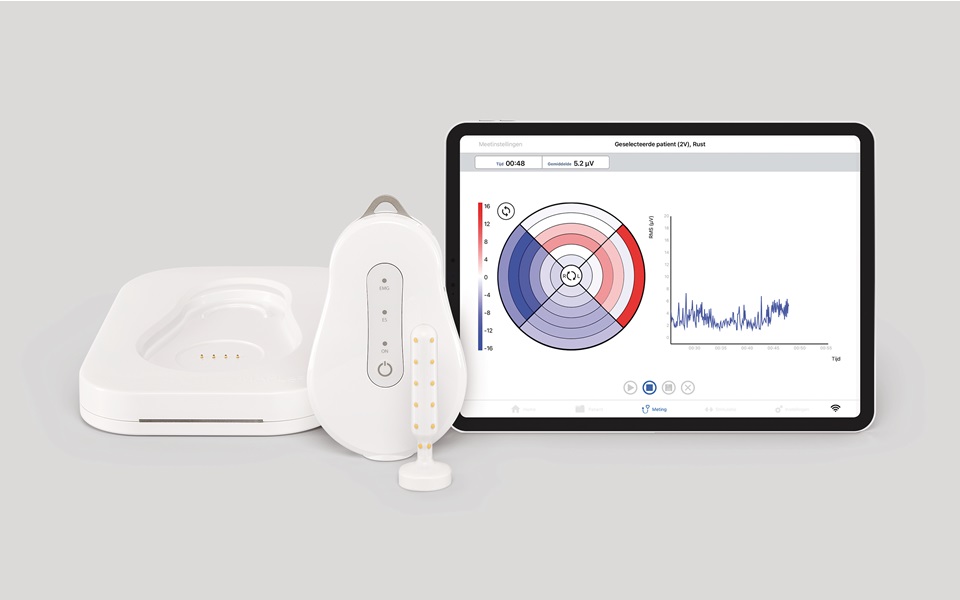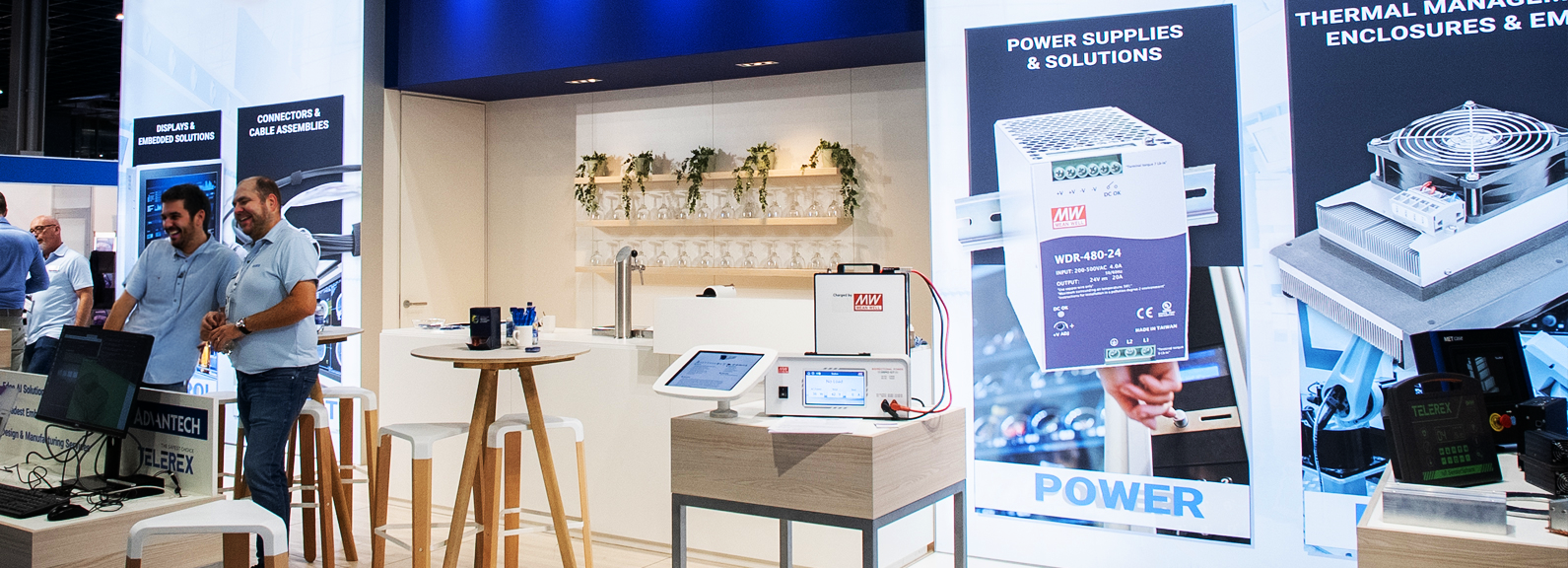
Welcome to Telerex
We have been specialists in electronic and electromechanical products since 1970. We support OEMs with technical advice, global sourcing, and an optimized supply chain.
Discover our webshop!We help you create the optimal product
The best products
We ensure that your final product performs optimally by advising you on the best products and modules
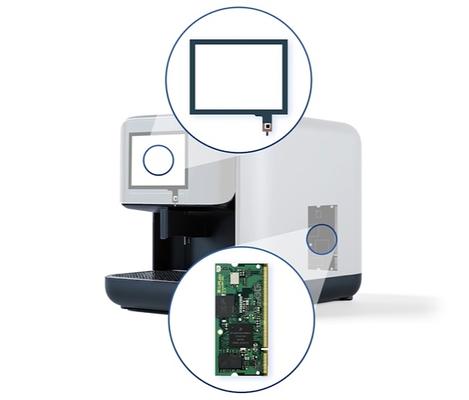

A simplified supply chain
We simplify your supply chain through global procurement, precise planning, and timely delivery as agreed.
Supporting services
for faster time-to-market
We support your success with in-house assembly of prototype series, built-to-order solutions, product compliance documentation, and thermal and EMC services.
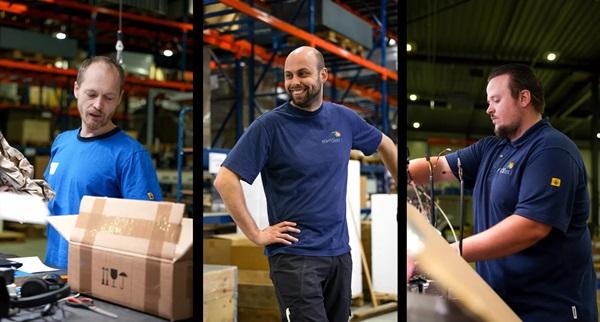
The areas of expertise of Telerex

Personal touch
We believe in a personal touch! You have direct access to our customer service, account management, engineering, and finance staff – just give us a call or send an email.
Stay up to date with Telerex Tech Talks
Projects we are proud of
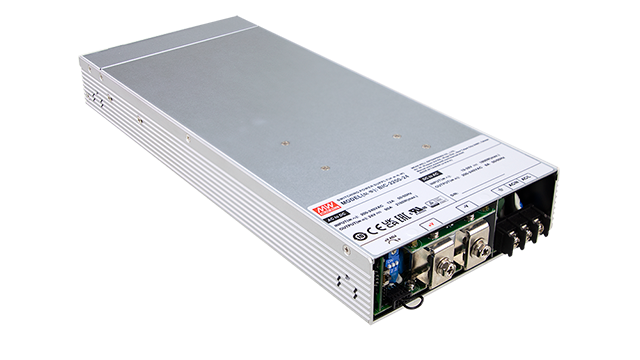
Need a power supply immediately?
Find the right power supply in our webshop
Do you need a specific power supply or want to know which power supplies meet your specifications? We can supply hundreds of power supplies. Check our webshop.

